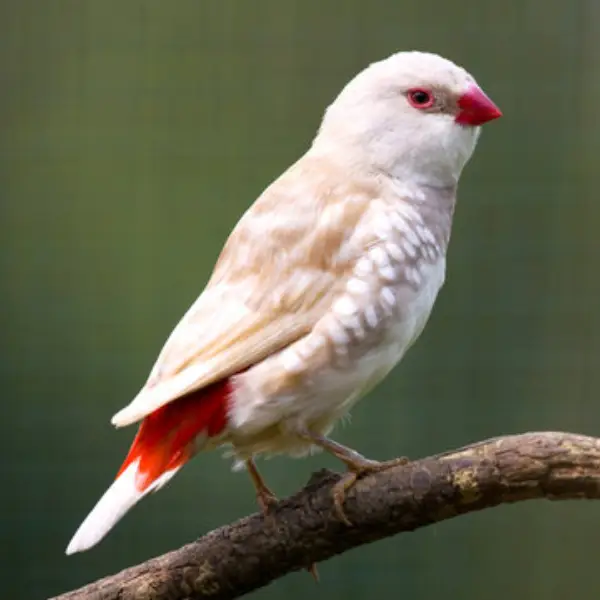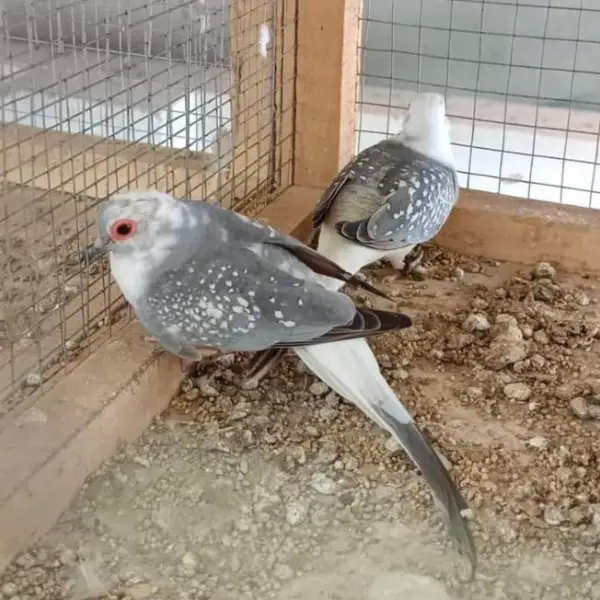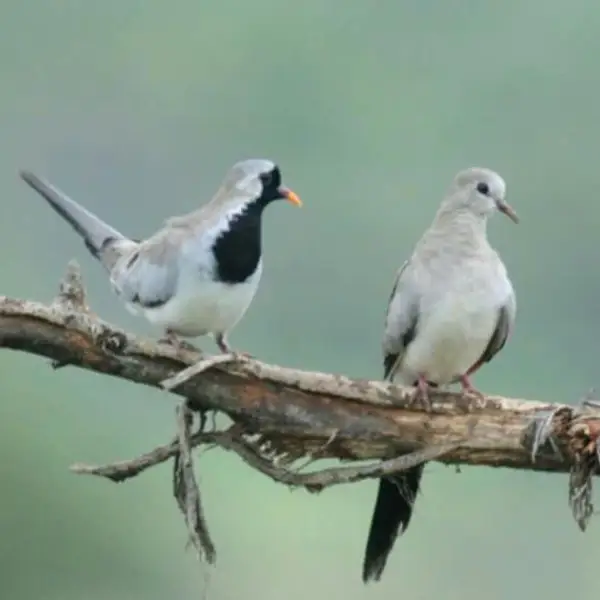-
×
 Parblue Opaline
1 × ₨ 8,000
Parblue Opaline
1 × ₨ 8,000 -
×
 Green Fisher’s
1 × ₨ 3,800
Green Fisher’s
1 × ₨ 3,800 -
×
 Blue Fisher Split Ino
1 × ₨ 4,000
Blue Fisher Split Ino
1 × ₨ 4,000
Subtotal: ₨ 15,800















Reviews
There are no reviews yet.